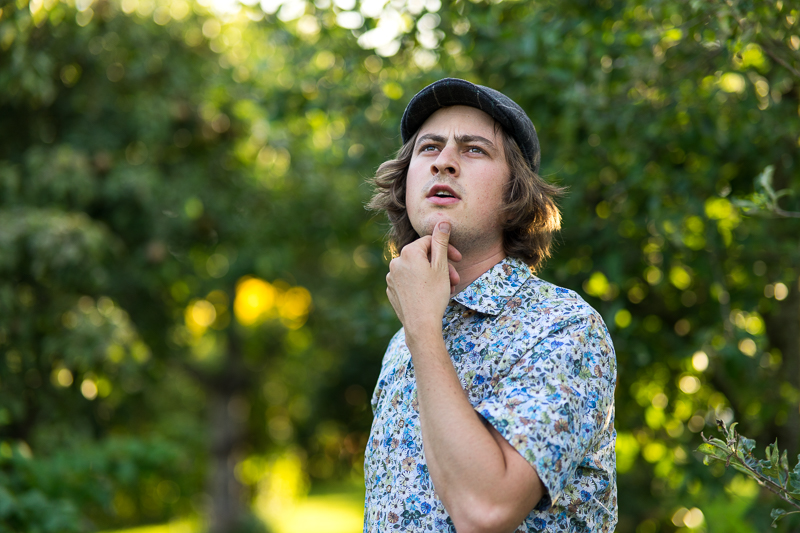
Hi Juriaan,can you tell us a little bit about yourself and why you use manual Lenses?
Juriaan: I’m a hydrobiologist from Hattem in the Netherlands. In the beginning of 2012 my photography journey started out with a Fujifilm bridge camera. In 2013 I bought my first interchangeable lens camera, a Nikon D7000 including a 10-20 and 18-200. While using this camera I improved my skills quite a bit and I discovered my love for astro photography.
However, size and weight bothered me a lot, as did the average quality of my lenses, especially the annoying autofocus and bad manual focus implementation made me switch to an A7S in 2015. I got the Samyang/Rokinon 14mm T3.1 and the Loxia 2/50 along with it. The manual focus experience of the Loxia hooked me up on manual lenses. I found some old m42 primes, including the Pentacon 1.8/50, which I could use with an adapter. I liked working with those lenses a lot so I started to collect them at thrift shops which resulted in quite some nice lenses over the years. This way I could discover a broad range of (bokeh) rendering for little money. As I hated the from factor of the Samyang 14mm I added the little Voigtländer 15mm f/4.5 to my kit. Using manual lenses helped me to improve my photography a lot in a short period. Being unable to just point and shoot I had to overthink things much more which is the best way to learn quick. To everybody who starts with photography I can only recommend to get one or two cheap manual lenses, it will help you to understand the exposure triangle quickly, and it slows you down which makes you think more about things like composition.
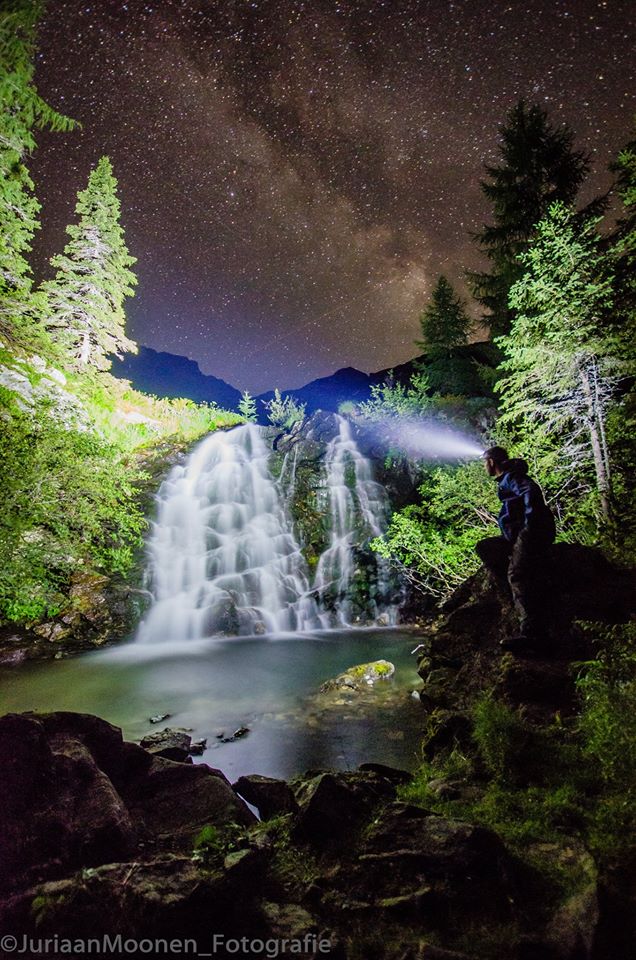
Can you give us a look into your camera bag and tell us a little about your gear?
Cameras:
- A7S: This was my first E-mount camera, I still have it for sentimental reasons.
- A7II: This is currently my back up camera. IBIS is a great help for me since I have no lenses with IS. Furthermore the dynamic range at ISO100 is great and the improved ergonomics make it nicer to use than the A7S.
- A7rIII: this camera overcomes the weaknesses of the other two which makes it a great fit for my needs.
Landscape kit:
- Voigtländer SWH 15mm f/4.5: My super wide angle lens, it has nice contrast, beautiful sunstars and great flare resistance. On top of that it is very small and well built.
- Sony GM 1.4/24: I love this lens for traveling, hiking and astrophotography.
- Loxia 50mm f/2: A joy to use because it is built so well. Stopped down it is very sharp with very good colors and great contrast. Flare resistance and sunstars are good as well, the lens is also quite small.
- Canon newFD 135mm f/3.5: A great small telelens, it is very sharp with very nice bokeh.
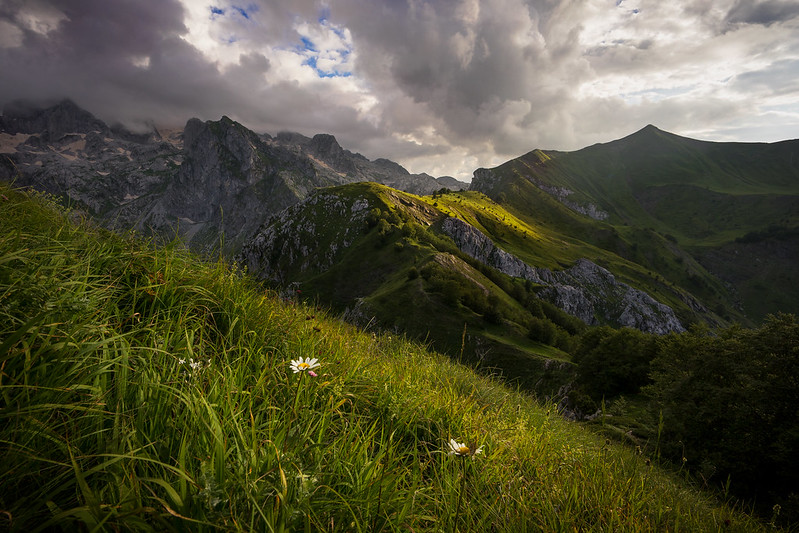
Portrait kit:
- Sony GM 1.4/24: An interesting lens for environmental portraits.
- Minolta Rokkor 2/55: My favorite fifty, bokeh is great and the lens is a joy to handle
- 7Artisans 1.1/50: At f/1.4 bokeh at portrait distance is great, so I still bring it with me from time to time.
- Viltrox 1.8/85: A cheap portrait lens with very good bokeh and great sharpness. AF isn’t too accurate though and the lens is heavy.
- Canon newFD 135mm f/3.5

Accessories:
- Hoya PROND1000 10 stops ND filter & Hoya Pro1 circular Polarizer
- NiSi 72mm filter set (10 stops ND and polarizer)
- Genesis Denali backpack (not very straightforward, will be replaced)
- Intervalometer
- Rollei C5i tripod (not very durable, will be replaced)
Do you have a favorite subject matter?
J: There are several things I like a lot, but I really love to do landscape astrophotography. Since I live in one of the most light polluted countries in the world this is quite a struggle sometimes, but it was good for my learning curve. In summer my holiday destination is always a darker place so I can shoot enough stars to be busy editing for some time. I really like what you can see with your camera at night.
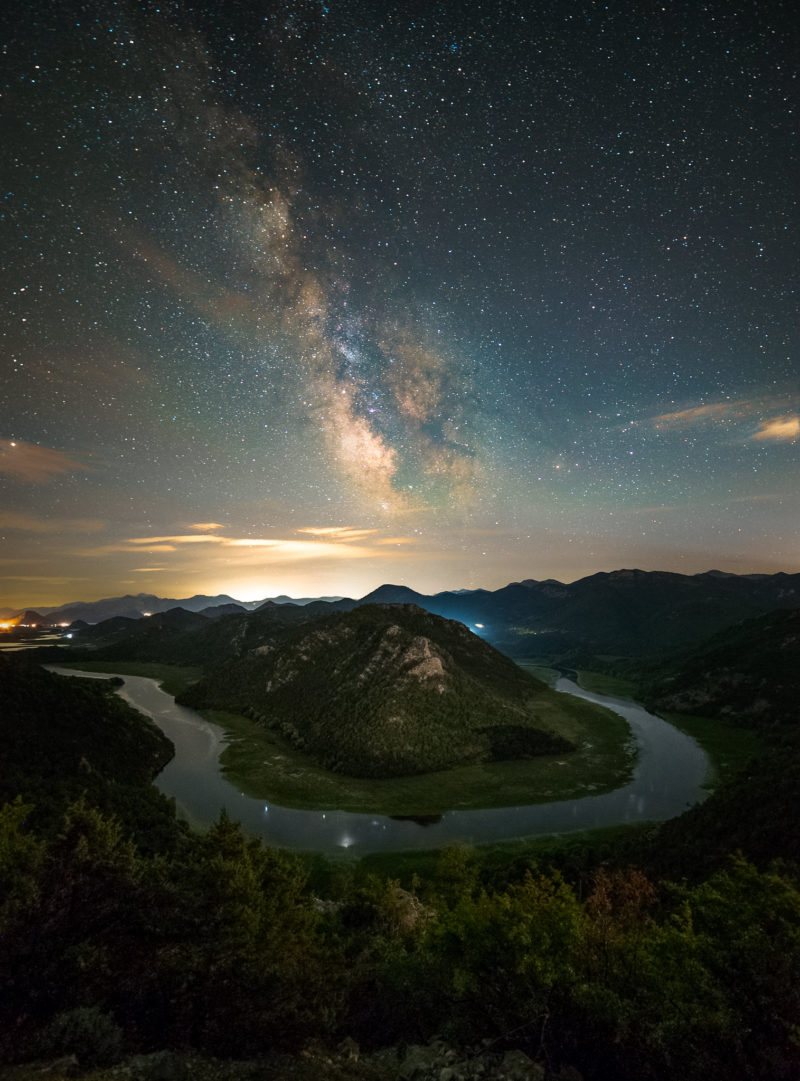
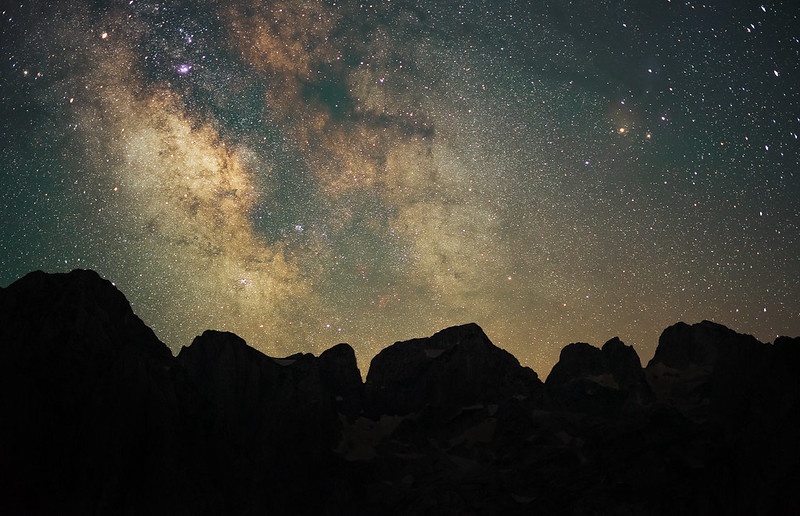
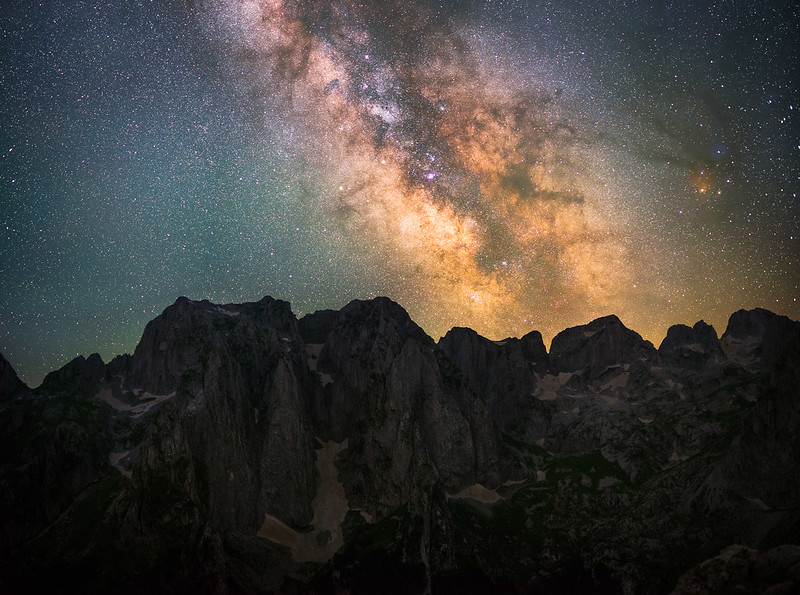
Landscape photography during sunsrise/sunset is something else I really like to do, I love the soft light during those periods, and I often take pictures of intimate landscapes.
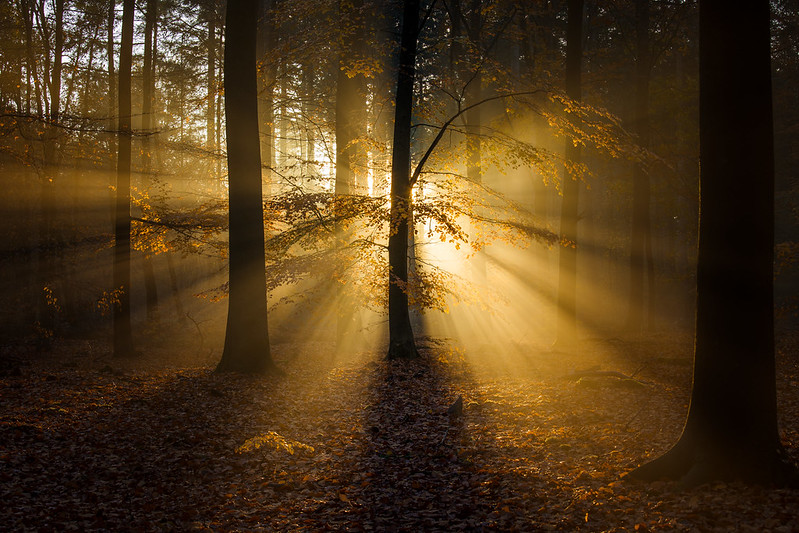
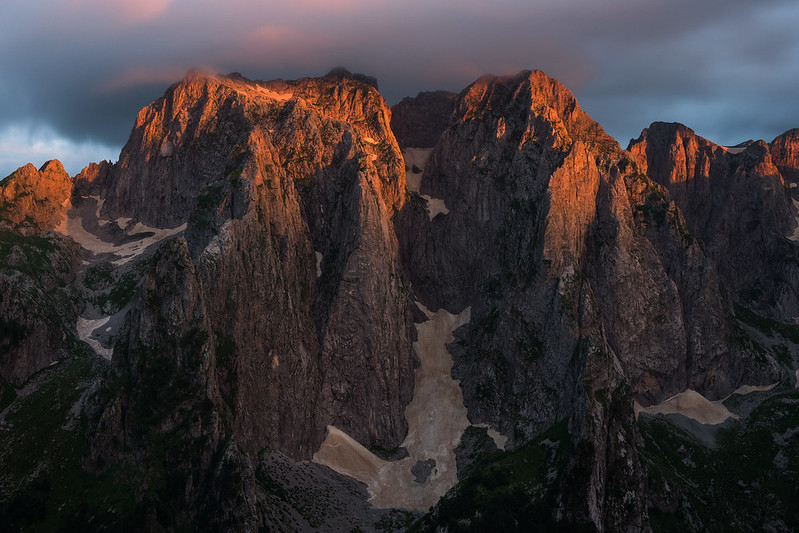
Landscape photography in the Netherlands comes with a challenge though. In the Netherlands one is not allowed to be in forest and nature area’s between sunset and sunrise. Leaving the path to get a decent composition is forbidden at most places as well. This makes milky way photography with decent foregrounds very hard, and being at the right spot to catch great light in a nice landscape is impossible too. The government even closes down some parts of the forest in autumn for the king to hunt..
Due to these strict regulations photographing the milky way and sunrise more than onces ended in hiding for foresters/police to avoid high fines, in which I did not always succeed unfortunately..
Is there a photographer which has inspired you?
J: I like to watch pictures quite a lot so I’m influenced by many different people. But the most I have learned from is my photography buddy Rick Kloekke. We started with photography almost simultaneously and still go out to shoot landscapes and the milky way regularly, and we make a photo trip every few years.
We both have very different styles so it is fun to compare what we managed to do with the same subject. Rick knows a lot about software and editing techniques and is keen to introduce me to them.
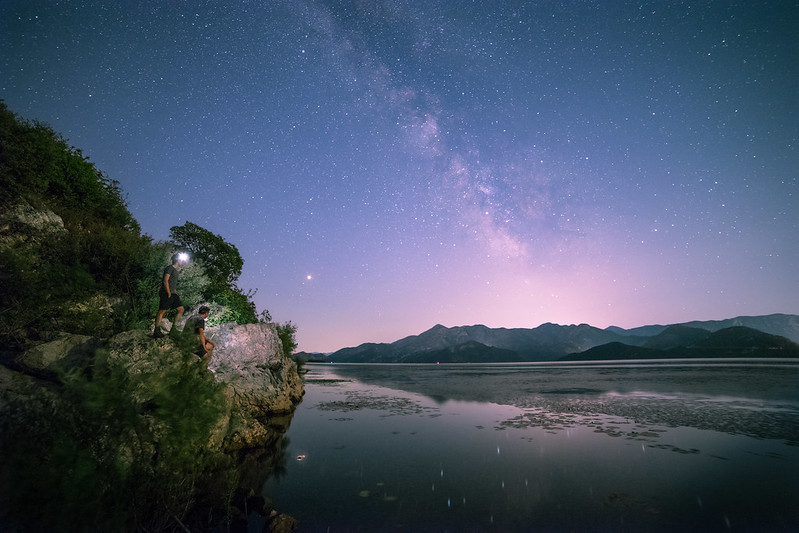
Furthermore I really like the work of Albert Dros, his landscape photos are always very dramatic which I like. Michael Shainblum’s work is also inspiring to me.
The photos on this blog influenced my photography a lot, especially the intimate landscapes of Phillip and the landscape and architecture pictures of Bastian were inspiring me.
Are there certain characteristics that you look for in a lens?
J: The characteristics I look for in a lens depend a lot on the purpose of it. In general I value good build quality a lot. Lenses like the Loxia 2/50 and Minolta Rokkor 2/55 are great examples for that.
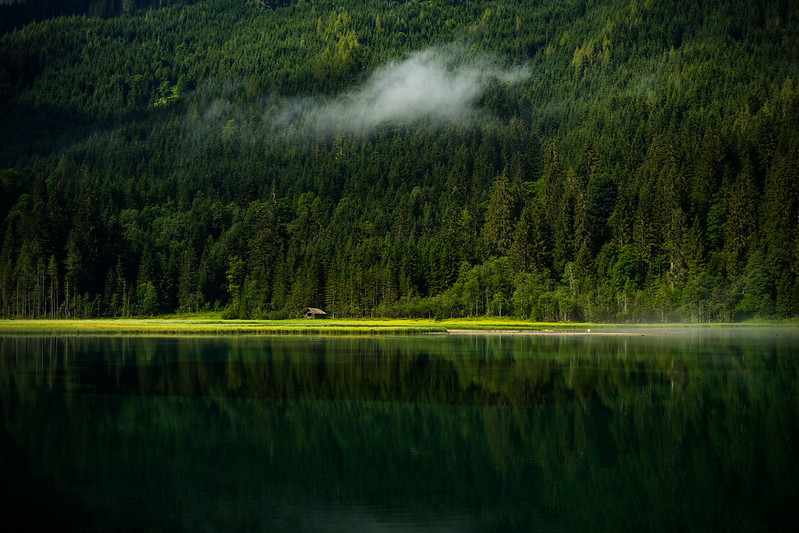
For my landscape lenses I value good across the frame sharpness, good flare resistance, high contrast and nice sunstars like those of the Loxia and Voigtländer lenses.
For the lenses I use for photographing the milky way decent coma correction and a bright aperture are important, the GM 1.4/24 fits this description quite well.
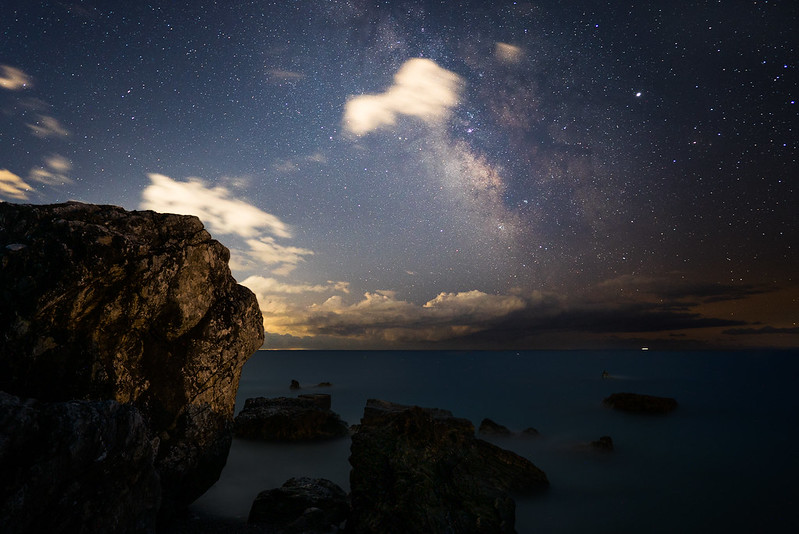
In my portrait lenses off center (infinity) sharpness does not matter too much for me as long as sharpness at portrait distance is decent enough. Smooth bokeh without strong outlining and cat’s eyes and onion rings is more important to me. Flare resistance is of less importance to me, as long as it is not dramatically bad I can live with it.
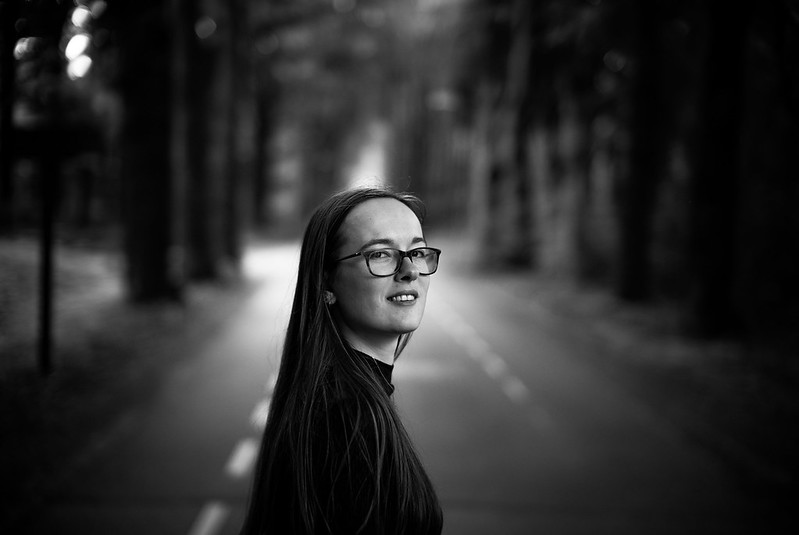
Do you have a favorite lens at the moment?
J: Currently the Canon newFD 3.5/135 is my favorite lens. It is very cheap, but a very decent performer in many aspects. I have used the Canon a lot lately for many of my autumn photos. I like the bokeh rendering a lot and it is plenty sharp for my landscape photography.
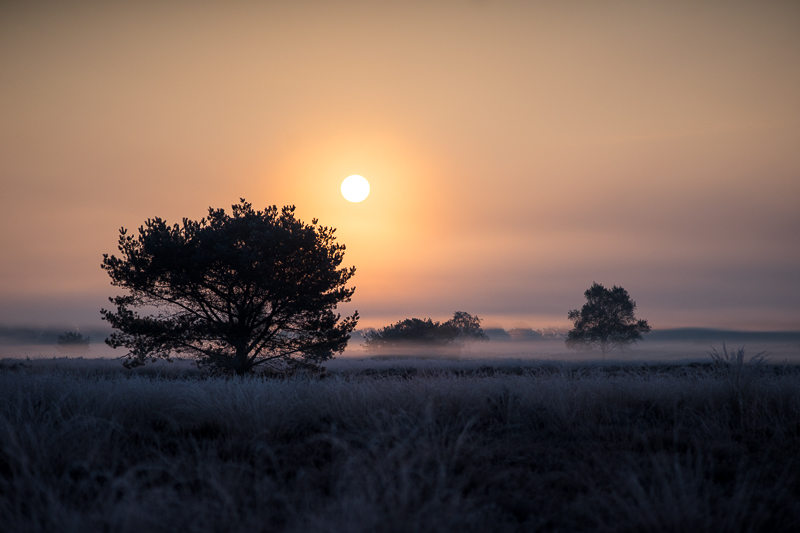
The GM 1.4/24 is my favorite lens for traveling at the moment, it is very versatile and still decently sized. The decent coma correction and bright aperture make it good for astro photography and the aperture also makes it a good lens for environmental portraits. Stopped down the GM24 is sharp enough across the frame for decent landscapes. During my trip through the Balkans I took most pictures with it.
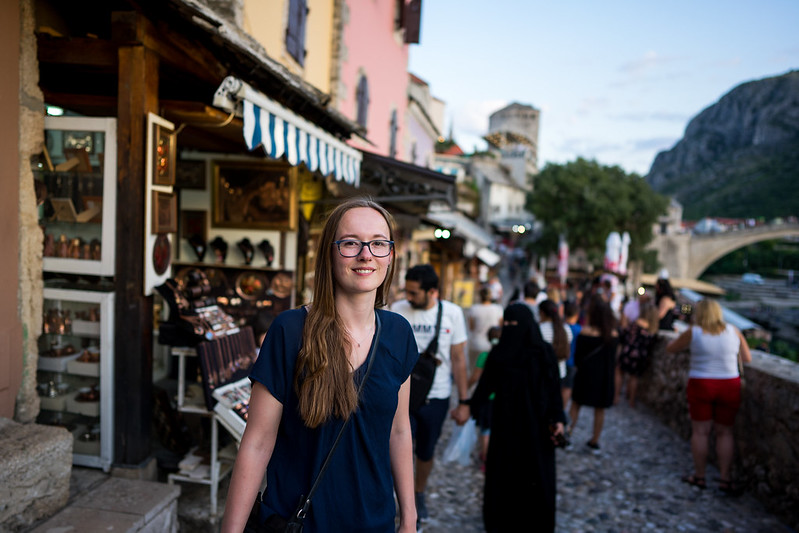
What do you think is the best picture you have taken so far and why?
J: It might not be my best picture but it is the one I look at the most, I have nice memories at this moment. I took it in the Balkans somewhere high in the mountains in 2018 during a trip with my photo buddy Rick. We were sort of awake for 60 hours at that moment due to difficulties with our flight and car ride, but we decided to stay up there nevertheless to take this picture. We found the spot back in the Netherlands and were desperate to make our plan work. So when the light became good and we both got the shot we had in our mind you can imagine how happy we were.
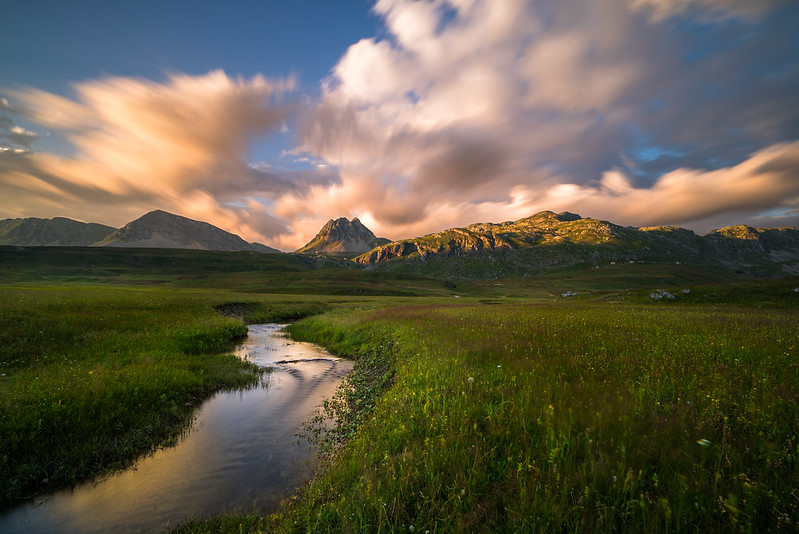
Can you suggest a lens we should review?
J: A review of the recently announced 2/50 Voigtländer would be very interesting. I think this might be the 50mm lens many of us are looking for.
Where can people see more of your images?
If you want to see more of my pictures you can follow me on Flickr.
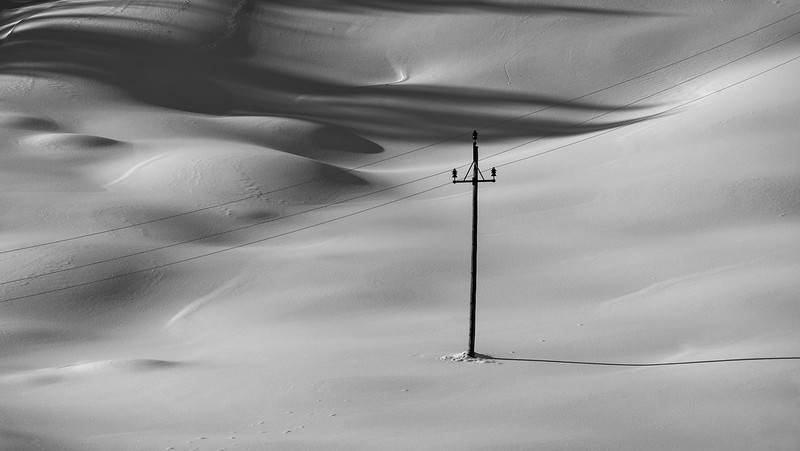
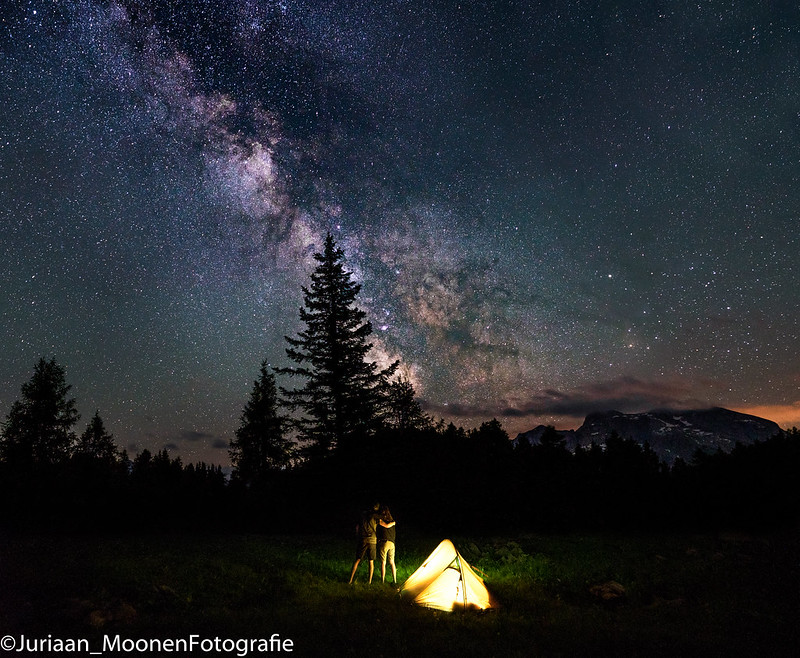
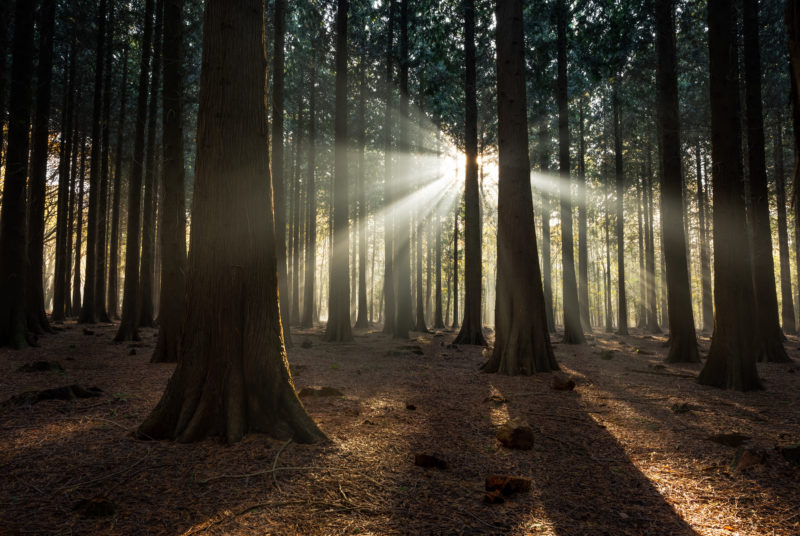
Further reading
- Manual lenses
- 4 tips to improve your astrophotography
- Beginners guide to using manual lenses on the Sony a7
- Travel report: A journey through the Balkans
JuriaanM
Latest posts by JuriaanM (see all)
- Review: Sigma 85mm f/1.4 DG DN Art - January 8, 2022
- A beginners guide to landscape astro photography - March 11, 2021
- Canon newFD 50mm f/1.8: A review - January 4, 2021
Hi! interesting article / interview! I was wandering if you can recommend any intervalometer for the A7rii? also if you know of some resources available to learn how to use it. I can be a very interesting thing to play with 🙂
Regards and thanks in advance
I have a cheap JJC timer which works just fine one my a7II. My a7S does not fully work with this intervalometer. You can’t review pictures on it if the intervalometer is connected.
I tend to use the purchased Sony time lapse app (play memories app I think?). Cost me $10 and seems to work fine on my a7ii.
Lovely landscapes and travel images 🙂
Interesting to read about the restrictions on being in nature at sunrise/sundown. You’ve taken some lovely nature shots anyway.
Cool shot at the Balkans too, you mention you scouted the location out from afar, with something like suncalc.net and google maps? : )
Hi Jurriaan,
Nice stories, thanks for sharing!
As a fellow dutchman, and on the topic of “restrictions on being in nature at sunrise/sundown”: dude, you’re not secretly a German, are you? (Just joking.) I usually like to point out to my colleagues in Germany that here, in the Netherlands, we tend to just ignore rules that do not make sense. Rules that forbid you to be in the forest just before sunrise or after sundown, or some distance off the path, for example, clearly fit that criterion. Don’t overdo it, and certainly don’t distrub animals or leave a mess, but otherwise… who’s going to stop you – except you yourself?
Call it bad luck, but very often when we are out at night or before sunset we have problems with foresters or police. And the fines are not cheap 😉
i’m from D and that’s the first time i hear about such rules.
I’ve never had real torubles with “officials”, i.e. foresters/ rangers, even when lighting a fire… Hunters are a different story though (“it’s not my problem if you get hit by a bullet”).
If you care about your own security you better stay out of the forrests when theres battues going on in late atumn (you don’t want to encounter a boar injured by a drunk hunter).
my feeling is that as long as you’re mannered and have the right attitude, most people will ignore and accept your presence
Nice interview and examples. Can you comment on how is this photo composed, since they are very different FLs? “Sony a7S | Loxia 2/50 & Samyang 14mm t3.1 (foreground)”.
Thanks for the review and images. I enjoyed the astro ones especially!
I’d be interested (and I am sure others would) in your astro technique/workflow. Like that “Zeiss Loxia 2/50 | f/2 | Panorama of 20-30 stacked images of 8 pictures each” or the how your combining sky and foreground exposures (I assume) What you’re doing on the software side and such.
Good photos though, and thanks for sharing Juriaan!
I can write an article about it, it is a bit too complex to describe in a comment 🙂
Nice and informative post with some good looking pictures! However this is shocking for me as Finn: “in the Netherlands one is not allowed to be in forest and nature area’s between sunset and sunrise”.
That kind of law must be against universal human rights and fundamental freedoms of a citizen.
If you go to forest in evening, what happens? I am sure police has better things to do, than chasing photographers in a dark forest 🙂
In the more remote an “valuable” forest we have problems very often unfortunately. They often send people in SUV’s into the forest at night to check out no people are out there. There are some problems with dumping waste from drugs labs in nature here so that’s on of the reasons.
However in forest adjacent to the city here I only encountered forester/police twice in the past 6 years so it depends on where you go.